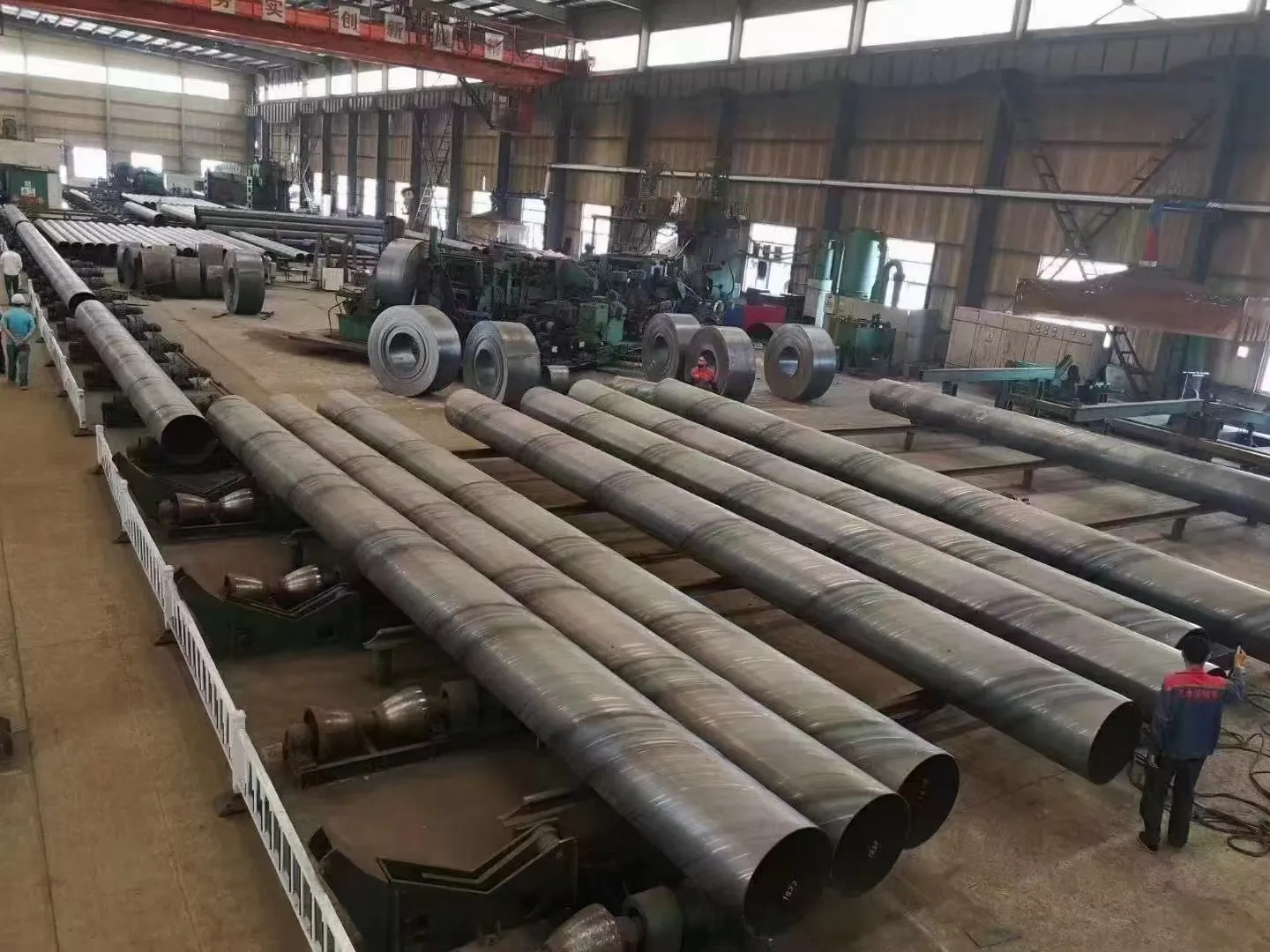-
Cangzhou Yulong Steel Co., Ltd.
-
Phone:
+86 13303177267 -
Email:
admin@ylsteelfittings.com
- English
- Arabic
- Italian
- Spanish
- Portuguese
- German
- kazakh
- Persian
- Greek
- French
- Russian
- Polish
- Thai
- Indonesian
- Vietnamese
- Zulu
- Korean
- Uzbek
- Hindi
- Serbian
- Malay
- Ukrainian
- Gujarati
- Haitian Creole
- hausa
- hawaiian
- Hebrew
- Miao
- Hungarian
- Icelandic
- igbo
- irish
- Japanese
- Javanese
- Kannada
- Khmer
- Rwandese
- Afrikaans
- Albanian
- Amharic
- Armenian
- Azerbaijani
- Basque
- Belarusian
- Bengali
- Bosnian
- Bulgarian
- Catalan
- Cebuano
- China
- China (Taiwan)
- Corsican
- Croatian
- Czech
- Danish
- Esperanto
- Estonian
- Finnish
- Frisian
- Galician
- Georgian
- Kurdish
- Kyrgyz
- Lao
- Latin
- Latvian
- Lithuanian
- Luxembourgish
- Macedonian
- Malgashi
- Malayalam
- Maltese
- Maori
- Marathi
- Mongolian
- Myanmar
- Nepali
- Norwegian
- Norwegian
- Occitan
- Pashto
- Dutch
- Punjabi
- Romanian
- Samoan
- Scottish Gaelic
- Sesotho
- Shona
- Sindhi
- Sinhala
- Slovak
- Slovenian
- Somali
- Sundanese
- Swahili
- Swedish
- Tagalog
- Tajik
- Tamil
- Tatar
- Telugu
- Turkish
- Turkmen
- Urdu
- Uighur
- Welsh
- Bantu
- Yiddish
- Yoruba

Dec . 07, 2024 04:58 Back to list
en1092 1 flange
Understanding EN 1092-1 Flanges An Overview
Flanges are critical components in various piping and piping systems, serving as the interface for connecting pipes, valves, pumps, and other equipment. Among the many standards governing flanges worldwide, EN 1092-1 is a prominent European standard that specifies the requirements for pipe flanges made of metal. This standard plays a crucial role in ensuring that flanges are produced with consistent safety and quality, facilitating interoperability among different manufacturers. In this article, we will explore the details of EN 1092-1 flanges, their significance, and their applications.
What is EN 1092-1?
EN 1092-1 is a European Standard that focuses on the design, dimensions, and testing of metallic flanges for pipelines. It was first introduced to provide a unified method for fabricating flanges used in pressure applications and to ensure that they meet the necessary safety standards. The standard covers circular flanges for use in a variety of pressure systems, including those in the oil, gas, chemical, and water industries.
The standard provides specific guidelines on various types of flanges, including their dimensions, tolerances, material specifications, and marking requirements. This ensures that the flanges can be used interchangeably across different applications, enhancing safety and reducing the risk of leaks or failures caused by incompatible components.
Key Features of EN 1092-1 Flanges
1. Types of Flanges EN 1092-1 defines several flange types, including weld neck, slip-on, blind, and threaded flanges. Each type serves specific applications with distinct benefits. For example, weld neck flanges are commonly used in high-pressure applications due to their robust design, while slip-on flanges facilitate easier assembly and alignment.
2. Material Specifications The standard outlines specific materials that flanges can be manufactured from, including carbon steel, stainless steel, and alloy steels. The choice of material is crucial as it determines the flange's ability to withstand various operating conditions, such as high pressures and corrosive environments.
3. Dimensions and Tolerances EN 1092-1 provides a standardized set of dimensions for different flange sizes, which helps ensure that flanges can be properly aligned and bolted together. Tolerances for dimensions are also specified to allow for the variability in manufacturing processes while still ensuring a proper fit.
en1092 1 flange

4. Pressure Ratings The standard categorizes flanges based on their pressure-temperature ratings. This classification enables engineers and designers to select the appropriate flange type for specific applications, thereby ensuring that components can handle the required pressures and temperatures during operation.
5. Marking and Identification EN 1092-1 mandates specific marking requirements for flanges, which helps in identifying their specifications. This includes the standard number, flange type, material grade, and pressure rating, making it easier to trace the origin and ensure compliance with industry standards.
Applications of EN 1092-1 Flanges
The versatility of EN 1092-1 flanges allows them to be used in a wide range of industries. They are predominantly found in
- Oil and Gas Here, flanges are used to connect pipelines, valves, and other equipment, ensuring the integrity of the system under high-pressure conditions. - Chemical Processing Flanges must resist corrosion and withstand varied temperatures, making the correct material choice vital for safety.
- Water Treatment EN 1092-1 flanges are used in water treatment facilities to connect different sections of piping, ensuring the smooth flow of water throughout the system.
- Power Generation In power plants, flanges play a critical role in the steam and water piping systems, where they must endure high temperatures and pressures.
Conclusion
In conclusion, EN 1092-1 flanges represent a vital aspect of modern engineering and infrastructure. By adhering to this standard, industries can ensure the safety, reliability, and efficiency of their piping systems. Understanding the specifications and applications of EN 1092-1 flanges allows engineers and technicians to make informed decisions, ultimately enhancing the performance of complex systems across various sectors. As industries continue to evolve, so too will standards like EN 1092-1, fostering safety and innovation in flange applications.
Latest news
-
ANSI 150P SS304 SO FLANGE
NewsFeb.14,2025
-
ASTM A333GR6 STEEL PIPE
NewsJan.20,2025
-
ANSI B16.5 WELDING NECK FLANGE
NewsJan.15,2026
-
ANSI B16.5 SLIP-ON FLANGE
NewsApr.19,2024
-
SABS 1123 FLANGE
NewsJan.15,2025
-
DIN86044 PLATE FLANGE
NewsApr.19,2024
-
DIN2527 BLIND FLANGE
NewsApr.12,2024
-
JIS B2311 Butt-Welding Fittings LR/SR 45°/90° /180°Seamless/Weld
NewsApr.23,2024











